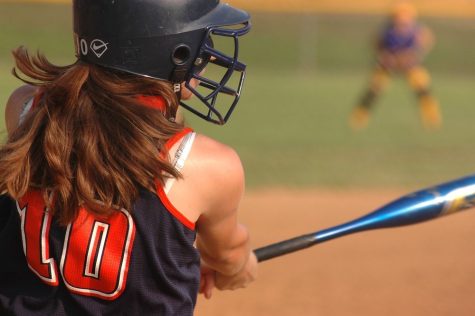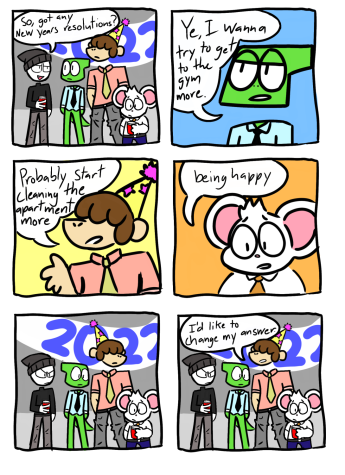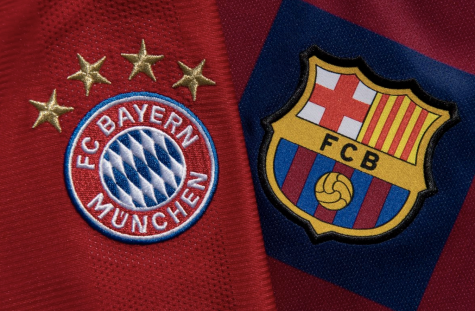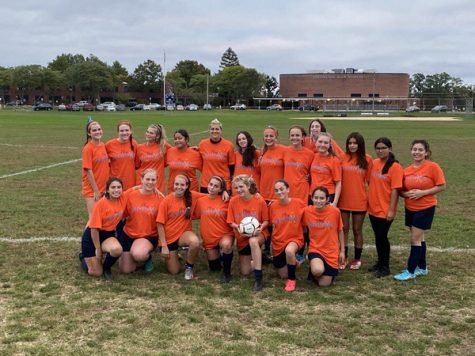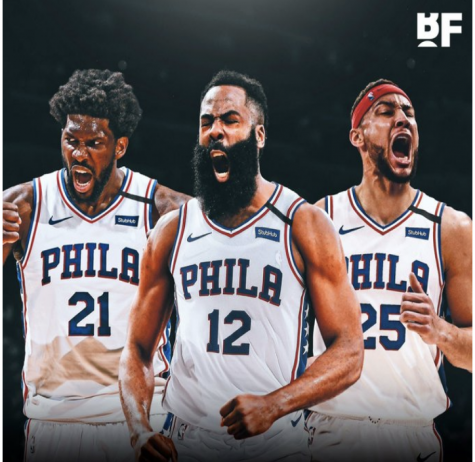Concussions in American Football
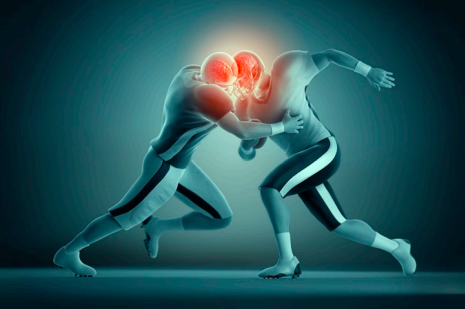
April 8, 2020
The concussion problem in American Football has been a topic of discussion for a long time. It has been a problem throughout the time that football has been played, but has only come to light in the last couple of decades due to modern research of the issue. Is there a solution that will completely solve the problem? That is unknown.
In order to understand the problem, the word “concussion” must be defined. According to the Centers for Disease Control and Prevention, a concussion can be defined as “a mild form of traumatic brain injury (TBI) caused by a bump, blow, or jolt to the head.” This occurs when our skull stops moving but our brain does not, causing it to bump back and forth between the walls of our skulls. Our brains contain billions of neurons that conduct electrical impulses which tell our body what to do. When the brain is bumped back and forth, these neurons shake, and can be torn, which is what causes a concussion. These tears disconnect the neurons from each other, making it very difficult for the brain to send out messages to the rest of the body. According to a study conducted by the Health University of Utah, short term effects of a concussion include headaches, dizziness, fatigue, blurred vision, nausea, and more. Long term effects can include memory loss, sleep deprivation, depression, lack of taste or smell, and more. Most people would not want these things to happen to them.
So what are the solutions? One thing that many people have brought up is to implement new helmets to the game. Companies such as VICIS have taken actions into their own hands to solve the problem. They claim to have made a helmet that is designed to bend and absorb impact upon a hit, making the head and brain area less ceceptial to damage. Many other sport companies have also hopped onto this bandwagon of making new and improved helmets.
You can bang your head against something and it doesn’t hurt, but the problem is that the brain is still sloshing around.
— Edward E. Swartz
This information can be misleading, though. According to Edward E. Swartz from Vice, “If [players are] mentally or psychologically convinced that the helmet they’re wearing is the best helmet out there, they may be even less careful because they think they’re more protected”. What this means is that many players will believe they are invincible and can no longer receive a head injury because of their brand new helmets, causing them to play more in a more reckful manner. This would make it even more dangerous for them. “You can bang your head against something and it doesn’t hurt, but the problem is that the brain is still sloshing around.” This brings back the original point of the scientific lense of STEM, otherwise known as science, technology, engineering and math. As previously mentioned, during a concussion, the skull is not moving while the brain is, causing the brain to riceshay back and forth between the skull, causing damage. When a player is hit, the helmet may limit the amount of damage to the head, but it cannot completely stop it. Because of this, there is absolutely no way for anyone to stop the movement of the brain inside the head, making new “safety” helmets such as the ZERO1 helmet practically useless. Multiple sources support this claim. According to the Los Angeles Times, “Some research has concluded that a well-designed and properly fitted helmet can reduce the risk of concussion, but no helmet, unless one is invented that can be inserted directly into the skull, can prevent concussion. More padding and new materials might soften the blows, but nothing on the outside of a player’s head can stop a brain from sloshing around and slamming against the skull after a violent hit or bounce on hard turf.” Once again, Usha Lee McFarling reassured the idea that new helmets may reduce impact, but not stop them completely. The main idea is that although many believe that better helmets will reduce concussions, research presents otherwise.
If the implementation of new helmets is out of the picture, rule change is the most viable option available. Recently, Suffolk County has implemented the “Tommy Tough rule” into high school football. The rule limits different types of hits with or to another player’s helmet in order to limit brain injury. Penalties will be put in place if any head contact occurs. Before all games, the referees are required to read the following statement to both teams before the game: “In an effort to minimize risks to you and your opponent, helmets are not to be considered weapons and are not to be used as weapons. Helmets are not to be intentionally used to initiate illegal helmet contact against an opponent, such as spearing, targeting, butt blocking and face tackling.” On top of rules, the procedure for handling concussions has also gotten stricter. After receiving a concussion, the athlete will immediately be removed from all physical activities, be evaluated by an MD, have the athletic director notified about the injury, and have a full clearing in order to be able to return back to physical activities.
The rules in the NFL have also changed to combat brain injuries. The NFL changed the location of the ball from the 20 to 25 yard line after a touchback to discourage taking the ball out of the endzone. More roughing the passer calls have been made to protect quarterbacks from injuries. Helmet to helmet contact is a penalty. Although some may like these changes, many fans are not in favor of them, as they believe that these calls make the game less interesting. This leads to the question; will there ever be a solution to the concussion problem in American football?




